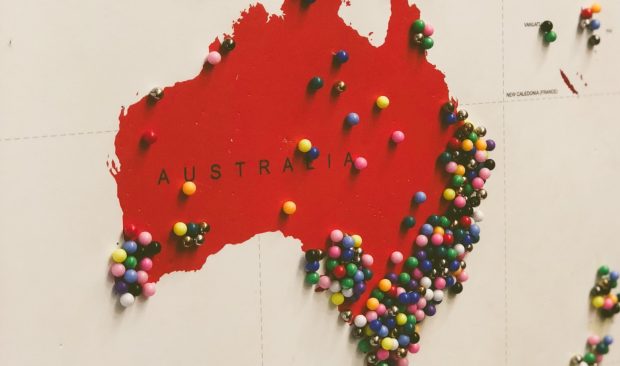The Australian population is more culturally diverse than ever. Strategies for marketing, customer management and workforce planning are now widespread. Now you can define cultural segments and quantify variations in behaviour and outcomes.
Reaping the Multicultural Reward
As one of the world’s most multicultural countries (see Australia’s Cultural Diversity), migration and cultural diversity often define the many identities that make up our nation. These are reflected in the thousands of clubs, festivities and other cultural events that enjoy bipartisan political and funding support.
But it’s about more than recent migrants. Many established culturally and linguistically diverse (CALD) groups who can track their migration history back two, three, or more generations, often show a persistence of values and attitudes that characterise a distinctly bicultural (or ‘hyphenated’) cultural identity eg Chinese-Australian.
This persistence of inherited values and attitudes, together with varying rates of acculturation are complex forces, but they often result in consumer needs, preferences and behaviours that differ markedly from the ‘mainstream’. Find out more about this ‘cultural cling’ in our Research & Conference Papers section.
Hundreds of cases using Origins in Australia, the UK and Canada consistently display differences in and organisation’s engagement with different CALD groups. Our studies consistently show over- and under-indexing compared to the market from which consumers or employees are drawn, and provide a robust evidence-base of variation in consumer behaviour.
This evidence provides the first step in improving engagement with multicultural Australia. Using ABS 2015-16 Household Expenditure data, the estimated annual market size of the 28% overseas-born population is more than $200bn. Businesses that fail to prioritise engagement with Australia’s new and changing markets run the risk of missing out on the multicultural dividend – whether that be increased sales, profits and customer satisfaction, or greater acccess and equity in government service.
Here we consider three ways where the measurement of cultural diversity using Origins has a place –


